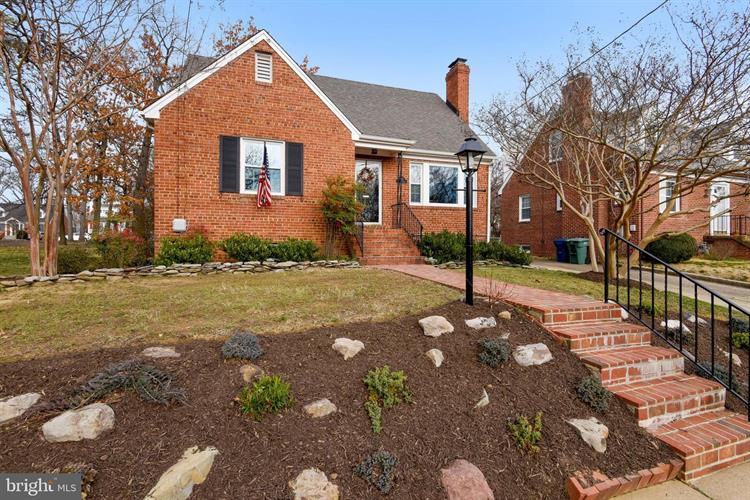
2019 Home-Flipping Reaches 8-Year High; Returns at 8-Year Low

ATTOM Data Solutions, Irvine, Calif., released its year-end 2019 U.S. Home Flipping Report, which showed 245,864 single family homes and condos in the United States flipped in 2019, up 2 percent from 2018 to the highest point since 2006.
The report said homes flipped in 2019 represented 6.2 percent of all home sales in the nation during the year, an eight-year high. That was up from 5.8 percent of all home sales in 2018 and from 5.7 percent in 2017.
ATTOM noted, however, while flipping activity rose, profit margins continued dropping. Homes flipped in 2019 typically generated a gross profit of $62,900 nationwide (the difference between the median sales price and the median paid by investors), down 3.2 percent from $65,000 in 2018 year and 6 percent from the post-recession peak of $66,899 in 2017. The typical gross flipping profit of $62,900 translated into a 40.6 percent return on investment compared to the original acquisition price. That was down from a 45.8 percent gross flipping ROI in 2018 and down from 51.4 percent ROI in 2017. The latest typical return on home flips stood at the lowest point since 2011.
“The business of buying and selling houses absorbed its worst year since the housing market was mired in the fallout from the Great Recession,” said Todd Teta, chief product officer with ATTOM Data Solutions. “This happened as the cost of buying properties continued to rise faster than gains on resale. That’s not to say that the home-flipping industry is tanking or losing its allure for investors because home flipping rates are higher than they’ve been in eight years. But profits did continue to decline again for investors.”
Other report findings:
–Home flips as a portion of all home sales increased from 2018 to 2019 in 122 of the 190 metropolitan statistical areas analyzed in the report (64.2 percent). The largest annual increases in the home flipping rate came in Laredo, Texas (up 103.5 percent); Raleigh, N.C. (up 59.8 percent); Charlotte, N.C. (up 44.1 percent); Fort Smith, Ark. (up 43.2 percent) and Columbus, Ga. (up 40.5 percent).
–Nationally, the percentage of flipped homes purchased with financing dipped in 2019 to 43.8 percent, from 45.9 percent in 2018, but rose from 42.9 percent two years ago. Meanwhile, 56.2 percent of homes flipped in 2019 were bought with all-cash, up from 54.1 percent in 2018, but down from 57.1 percent in 2017.
–Homes flipped in 2019 sold for a median price of $217,900, with a gross flipping profit of $62,900 above the median purchase price of $155,000. That was down from $65,000 in 2018 and from $66,899 in 2017. With purchase prices rising faster than profits on investor-bought homes, the 40.6 percent return on median sales prices versus purchase prices was down from 45.8 percent in 2018 and from the post-Recession peak of 51.7 percent in 2016.
–Home flippers who sold homes in 2019 took an average of 178 days to complete the flips, down slightly from an average of 179 days for homes flipped in 2018.
–Of the 245,864 U.S. homes flipped in 2019, 14.4 percent were sold to buyers using a loan backed by the Federal Housing Administration, up from 13.1 percent in 2018, but down from 16.2 percent in 2017.
–The 56,945 home flips in the fourth quarter were completed by 24,096 investors, a ratio of 2.36 flips per investor.
–The share of homes flipped in the fourth quarter that were purchased by investors with financing represented 39.6 percent of all homes flipped in the quarter, down from 44.2 percent in the previous quarter and from 45.9 percent in fourth quarter 2018, to a three-year low.
–The median gross flipping profit on home flips in the fourth quarter was $62,500, which represented an average 39.1 percent return on investment (percentage of original purchase price), down from 40.1 percent in the previous quarter, to an eight-year low.
–Home flips completed in the fourth quarter took an average of 170 days, down from 174 days a year ago.
